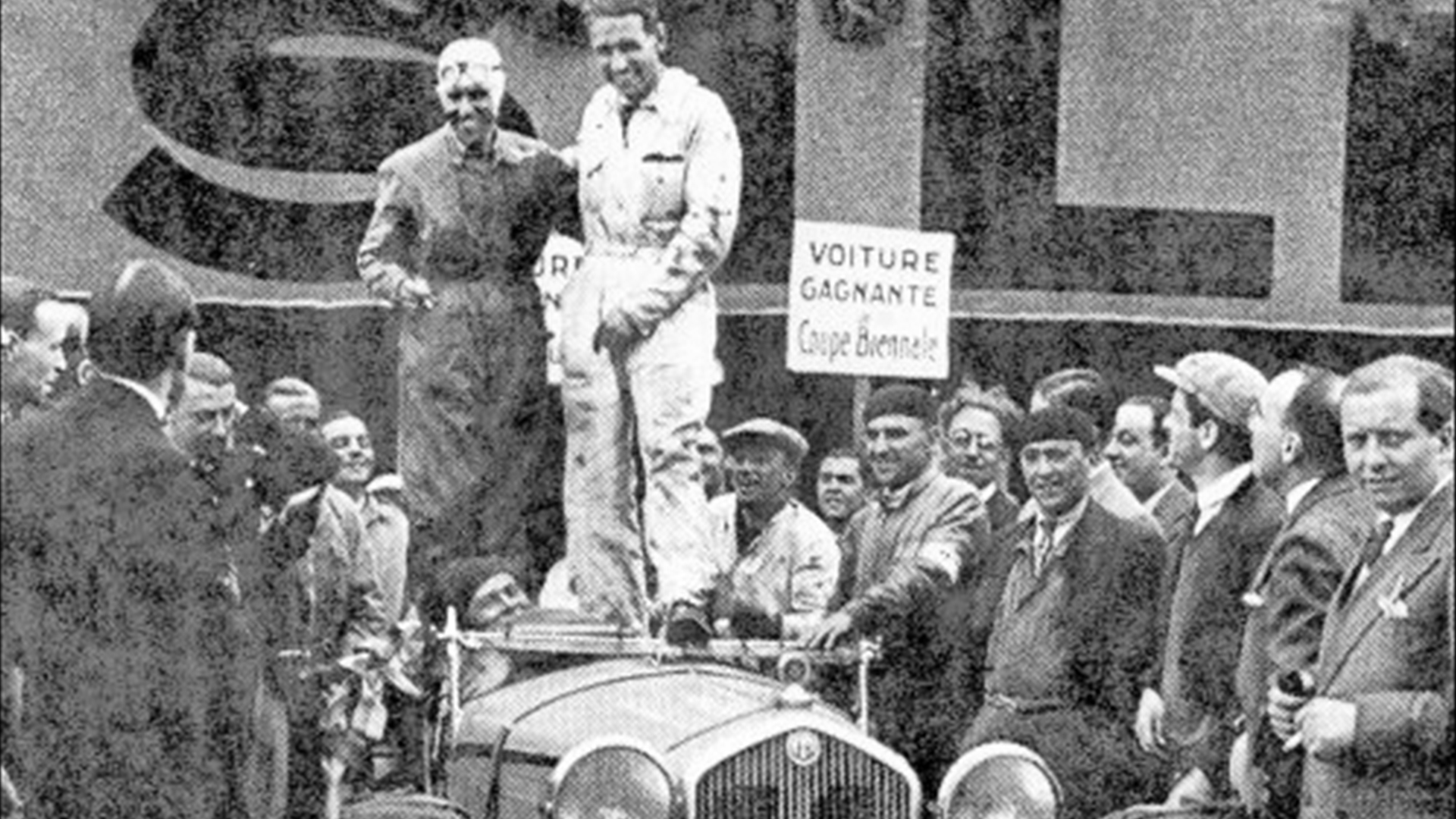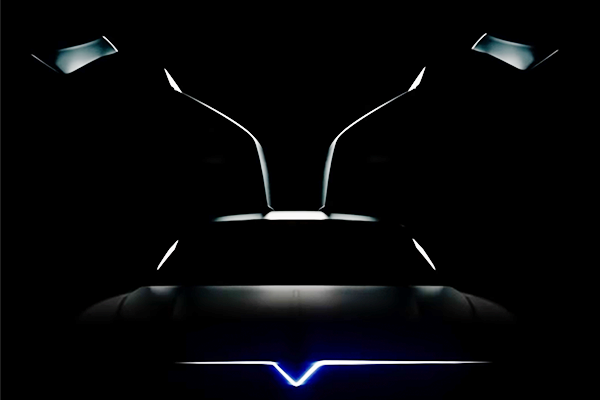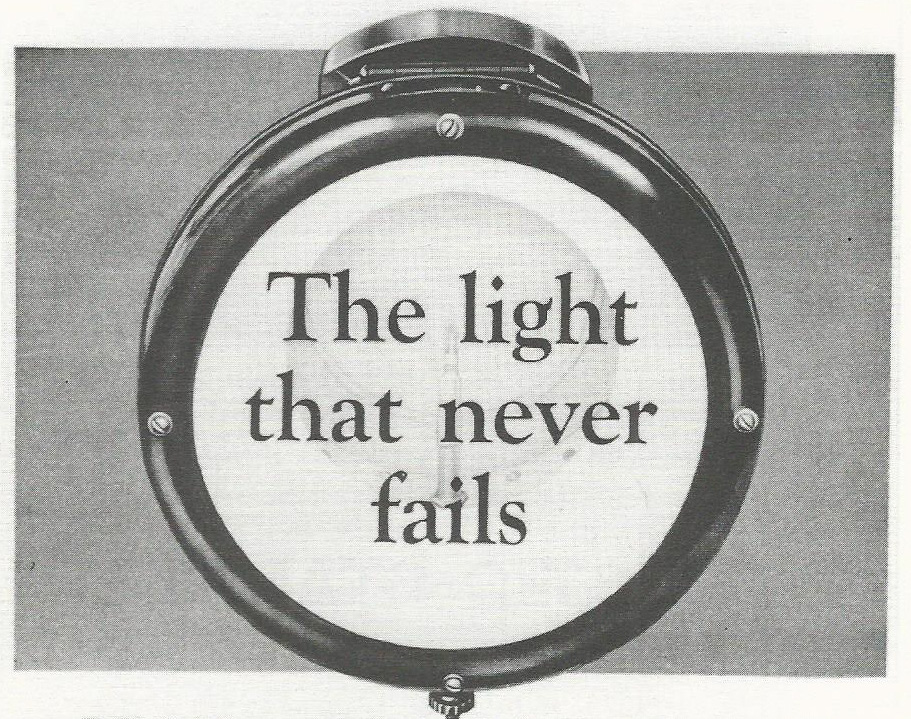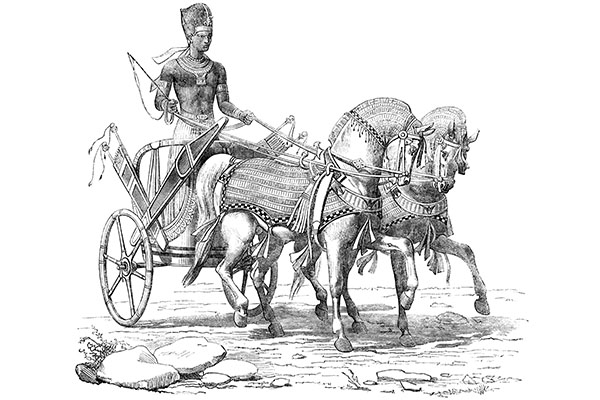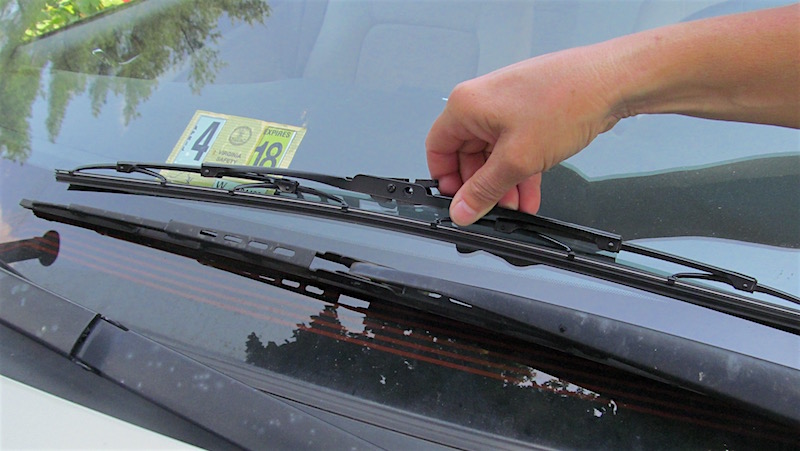For every successful vehicle manufacturer in business today, the road behind is littered with competing brands that didn't make it. DeLorean, Tucker, Edsel, Cord, and Duesenberg – just to name a few. Scandal, economic conditions, and changing consumer tastes figure largely in these five brands' histories, and they provide a cautionary tale to modern vehicle manufacturers who may be basking in the glow of a bright future, bolstered by seemingly never-ending strong sales and adoring fans.

1948 Tucker 48 | Conceptcarz.com
1. THE TUCKER 48
After World War II, Americans had were clamoring for new car designs, and were lining up to purchase new vehicles, resulting in shortages and waiting lists in the face of pent-up demand. And because of the war efforts, the big three automakers hadn't introduced any significant new designs in years, setting the stage for Preston Tucker.
From a young age, Tucker had a fascination for automobiles. Early in his career, he was a successful car salesman before becoming an auto industry entrepreneur in Ypsilanti, Michigan. Beginning in 1946, Tucker introduced designs for his stylish “Tucker Safety Car," later named the “Torpedo" in promotional materials, before finally being branded officially as the “Tucker 48." The 48 included many safety features found on modern vehicles, including seat belts, a shatter-proof windshield, and a third headlight that moved to follow the car's path while turning.
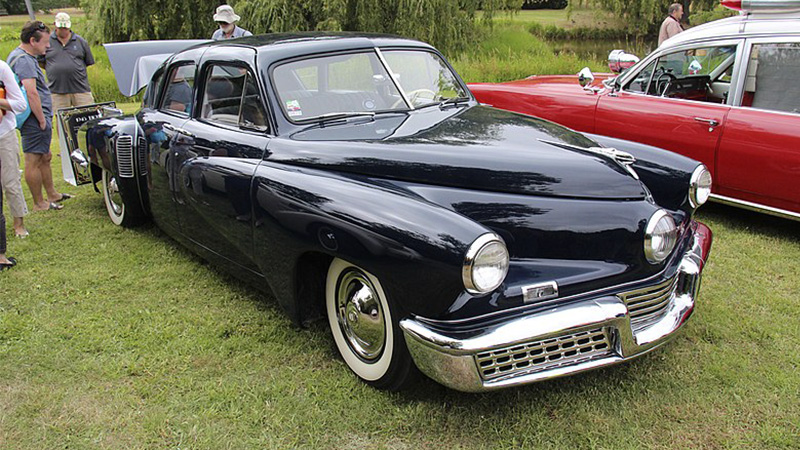
A Tucker 48 | Sicnag | Wikimedia Commons
Just 51 Tuckers were produced, all in 1948. By the following year, the Tucker Corporation had ceased operations, due in part to a Securities and Exchange Commission (SEC) investigation and subsequent trial, a failed product unveiling, and ongoing negative media coverage. Tucker attracted the SEC's attention in part for selling Tucker dealerships around the country before the car was even in production, as well as for selling consumers Tucker vehicle accessories that guaranteed them a spot on the waiting list for a new Tucker.
The subsequent trial of Tucker executives resulted in an acquittal and all charges being dismissed in 1950. By then, however, the damage was done, thanks to negative media attention during the trial, and by a botched unveiling of Tucker's prototype as part of a factory tour. Tucker long suspected the “big three's" involvement in helping destroy his fledgling car company, but he also may have had the last laugh. Today, Tucker originals – when they do come up for sale – fetch anywhere from $1.2 to $3 million dollars. One of those Tuckers is owned by Francis Ford Coppola, who made the 1988 movie “Tucker: The Man and His Dream."

Ford Edsel | nakhon100 | Wikimedia Commons
2. FORD EDSEL
Manufactured by the Ford Motor Company beginning in 1958, Edsel's unpopularity and ultimate demise are attributed to numerous factors and theories, including ineffective marketing, and poor quality and workmanship. Named after company founder Henry Ford's son, Edsel was hyped for a year prior to launch as “the car of the future." Consumers' reaction to the model at its debut, however, was that it was decidedly ugly, expensive, and over-hyped, with some features that looked similar to existing Ford models.
Edsel was supposed to help Ford compete with rivals GM and Chrysler, and in the car's first year, the four available Edsel models accounted for sales of 60,000-plus units. The following year, just 2,800 Edsels were produced, and by November of 1959, Ford announced the Edsel program's discontinuation, resulting in a loss of approximately $350 million. Additional factors cited as hastening Edsel's demise were a nationwide recession in 1957, the Edsel product name itself, and consumers' inability to identify where the model was supposed to place on the range of economy to luxury vehicle.

Ford Edsel | Bring a Trailer
3. CORD
The Cord was a luxury automobile produced by the Auburn Automobile Company in Indiana from 1929 to 1932, and again from 1936 to 1937, and was named after Errett Lobban “E.L" Cord, a race-car driver, car salesman, and later business entrepreneur. E.L. founded the Cord Corporation in 1929 as the parent company for his more than 150 other mostly transportation-related companies, including Auburn Automobile.
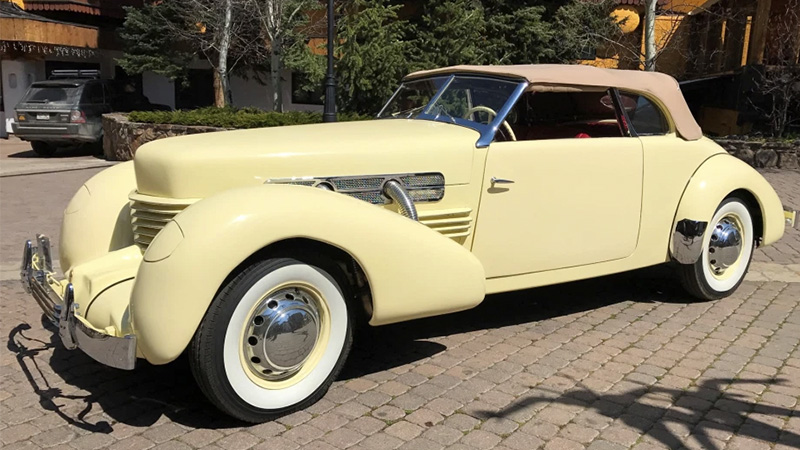
Cord | Bring a Trailer
The first Cord models featured cutting-edge accessories, such as front-wheel drive and hidden headlights – innovations that wouldn't appear on vehicles again until decades later. Just over 4,000 Cords were sold before the Great Depression hit and the company filed for bankruptcy and ceased production.
In 1935, the Cord brand was revived with the introduction at the New York Auto Show of Cord models 810 and 812 – the ones the company is perhaps best-known for today. Contributing to Cord's second and final demise, were reliability issues with both models, and negative publicity surrounding an SEC investigation into E.L.'s stock transactions. Cord sold the company in 1937 and moved to Los Angeles where he became a successful real estate investor and multimillionaire.
4. DUESENBERG
E.L Cord was also involved with the Duesenberg, a model that in the 1920's and early 1930's was considered one of the most expensive, luxurious automobiles in the world. Brothers Fred and Augie Duesenberg founded the company in 1913 to produce engines and race cars. In 1921, the Duesenbergs shifted their focus and introduced their first model – the Model A. Duesenbergs were very popular in California and New York City's wealthy circles, as well as on the racing circuit, winning several Indianapolis 500's.

Duesenberg | Bring a Trailer
The company was purchased by E.L. Cord in 1925 as an addition to his growing transportation holdings. With The Great Depression, however, luxury cars' popularity continued to wane, until finally Duesenberg ceased production in 1937, hastened by the demise of Cord's crumbling business empire. Several attempts were made in subsequent years to revive the brand, but none were successful.
After World War II, Duesenbergs became so unpopular that some sold for just hundreds of dollars, while today, originals routinely bring millions of dollars at auction.

DeLorean | DeLorean Motor Company
5. DELOREAN MOTOR COMPANY
Leaving the early and mid-1900's behind and jumping ahead to the future, the demise of DMC – the DeLorean Motor Company – in 1982 proves that a vehicle brand can fail at any time, and for a variety of reasons, including a purported FBI sting operation targeting company founder John DeLorean.
In the 1970's, DeLorean was a successful, well-connected U.S. auto industry executive. With investments from celebrities, a bank loan, and private individuals, DeLorean formed DMC in 1975, and began searching for financial incentives from countries interested in hosting the production facility for his stainless-steel skinned, gull-winged vehicles. Britain's government stepped up to the plate with a sizable investment for the facility to be built in Northern Ireland, and construction commenced in 1978.

DeLorean | Berthold Werner | Wikimedia Commons
The first models rolled off the production line in 1981, but by then, cost overruns and exchange rates had taken their toll on DMC, placing it in a precarious financial position. A plan to raise tens of millions of dollars by issuing stock in the company was scuttled by the SEC, which had concerns about the company's viability. That's when things got really weird, and subject to debate even still today. The U.S. FBI and DEA devised a plan to have agents posing as legitimate investors approach DeLorean. In reality, however they were looking for John DeLorean's agreement to smuggle drugs into the U.S. to finance DMC. The meeting was videotaped, and DeLorean arrested in 1982. He was later acquitted of all charges, but the damage to his reputation had been done, DMC filing for bankruptcy that same year.
DMC's story doesn't end there however, as there are plans in place for DeLoreans to be produced once again – this time in the U.S.
Today's automakers – both upstarts and veterans – can each learn valuable lessons from their predecessors' successes and failures, and potentially avoid a similar fate suffered by these five brands.
Tesla? Are you listening?
Have you ever come across one of these vehicles? Let us know in the comments.


